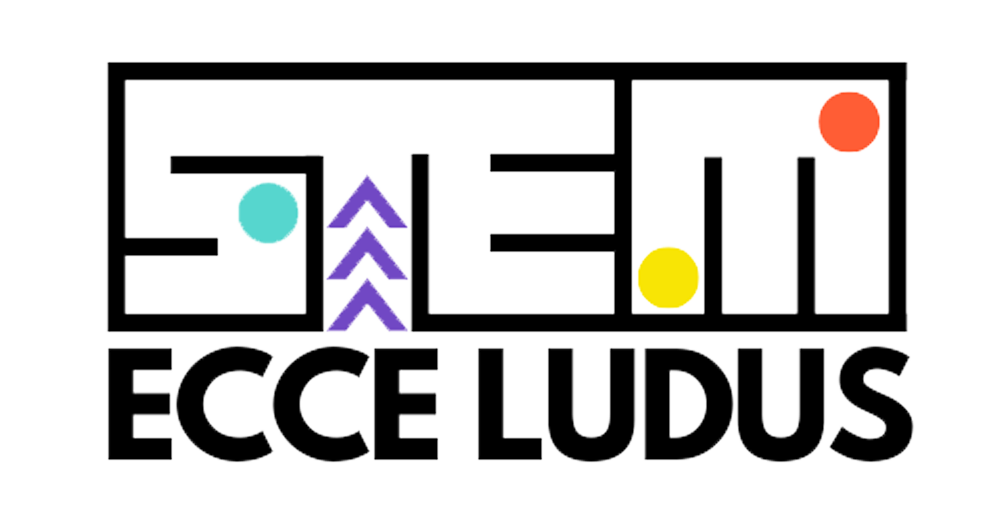Module 3 covers strategies for making STEAM (Science, Technology, Engineering, Arts, and Mathematics) more engaging and inclusive for all learners. The focus is on active, creative, and student-centred learning, with practical tips and exercises to spark curiosity and increase participation.
The module introduces six key tips for making exercises more engaging:
- Be unpredictable: Surprise students with unexpected formats or challenges.
- Use multimedia: Incorporate familiar visuals, videos, or pop culture references.
- Add movement: Get students physically involved in the activity.
- Embrace different opinions: Encourage open discussion and reflection.
- Use humour: Make space for laughter and creativity.
- Prioritise hands-on learning: Let students explore, experiment, and draw their own conclusions.
Module 3 further includes hands-on ideas like the STEAM Journal, where students track everyday activities (like baking, cycling, or gaming) that relate to STEAM concepts. Another activity, Present to Present, asks students to research a topic and present it using a digital tool (e.g., Prezi, Canva, memes), boosting both content understanding and digital literacy.
Educators are encouraged to avoid reading directly from slides and instead speak freely, making lessons more dynamic. Games and interactive digital tools are also recommended to maintain attention and motivation.
Additionally, Module 3 highlights the issue of gender bias in education and provides strategies for building more inclusive learning environments:
- Tailor content to learning style and experience, not gender or background.
- Involve a diverse mix of learners in all activities.
- Promote STEAM careers to all students, regardless of gender or origin.
By focusing on inclusivity, engagement, and practical creativity, Module 3 equips educators to reach all students more effectively. It reinforces the idea that everyone—regardless of background—can succeed and thrive in STEAM education.





